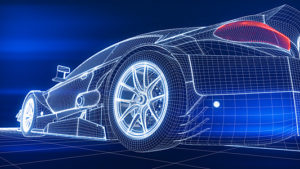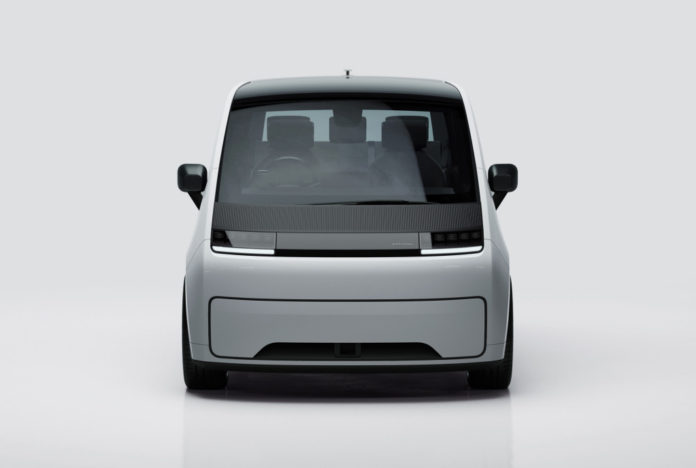In Europe and in the U.S. alike, ride hailing needs to go fully electric as soon as possible. Otherwise it’s adding to local pollution issues and global warming.
And yet the needs of ride-hailing services such as Uber and Lyft are quite different versus typical personal use. They are essentially the new generation of taxi fleets. And it appears that the UK-based company Arrival last week recognized exactly that—with an early driving prototype focusing on what truly best serves that need.
Arrival says that the vehicle, which looks like a tall-roof hatchback, has “exceptional visibility and comfort,” with double the legroom versus other models its length, which is about the same as the VW Golf. Priorities for the car, the company says, were uptime, driver comfort, safety, and convenience. An elevated driving position and cab-forward layout help aid urban visibility, while back-seat space and a sense of separation were top priorities. Vast legroom allows space for bags near feet in the cabin, and the front passenger seat flips forward if needed.
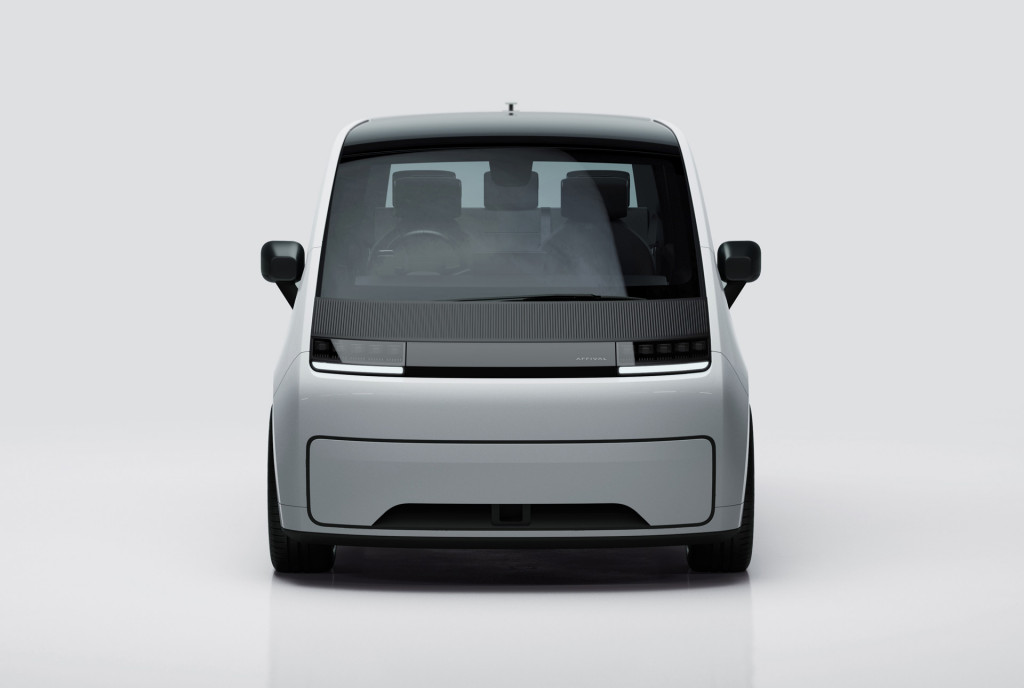
Arrival Car prototype
No powertrain or charging specs were revealed yet for the EV, which it claims was developed alongside real Uber drivers. The Arrival Car will now enter design and testing phases as it moves toward a production version.
The project was announced earlier this year, with a confirmation that Arrival and Uber would “explore a strategic relationship in key markets,” including the U.S., the UK, and the European Union.
Arrival does note that the vehicle addresses a global need, and it points to an estimated 30 million drivers across the ride-hailing sector, worldwide. The U.S. wasn’t mentioned as a potential market for this vehicle at that time, and Green Car Reports has reached out to Arrival to see if the scope of the model has changed since then.
Arrival’s focus so far for the U.S. market has been on larger commercial vehicles, and it plans to deliver an electric van later in 2022, when it also plans to start local production of electric buses at a South Carolina “microfactory.”
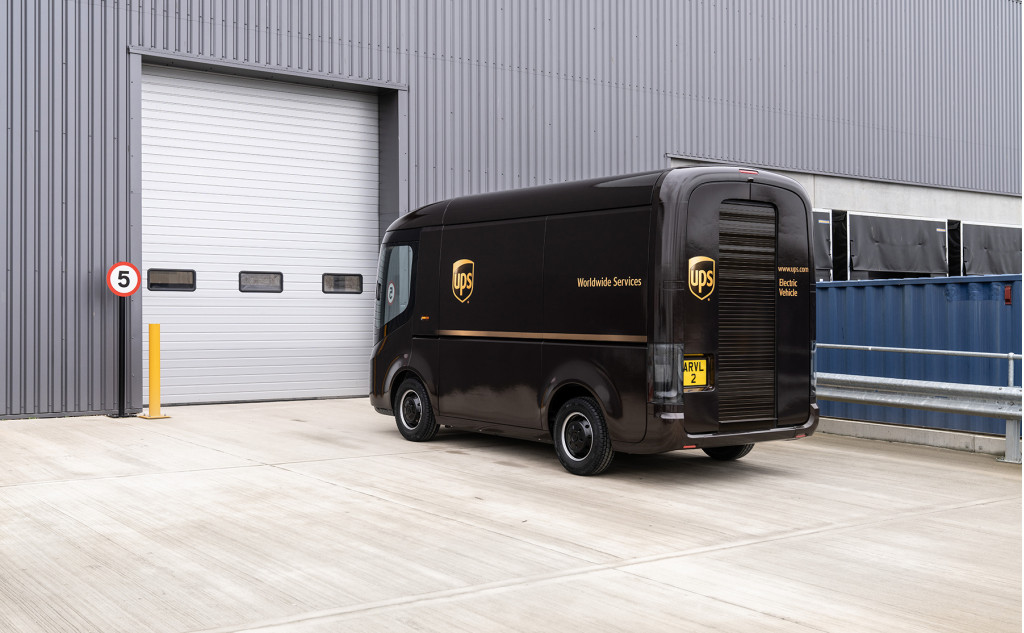
Arrival electric delivery van for UPS
The reveal of the Uber-focused EV keeps right on schedule with a May announcement, in which the company said that the vehicle would be revealed by the end of 2021, with aims to start production in the third quarter of 2023.
What’s missing in these announcements is the financial model. Uber currently bases its business model around drivers supplying their own cars. While there’s been no commitment from Uber to buy cars from Arrival, it might be assumed that there will be some level of incentivization.
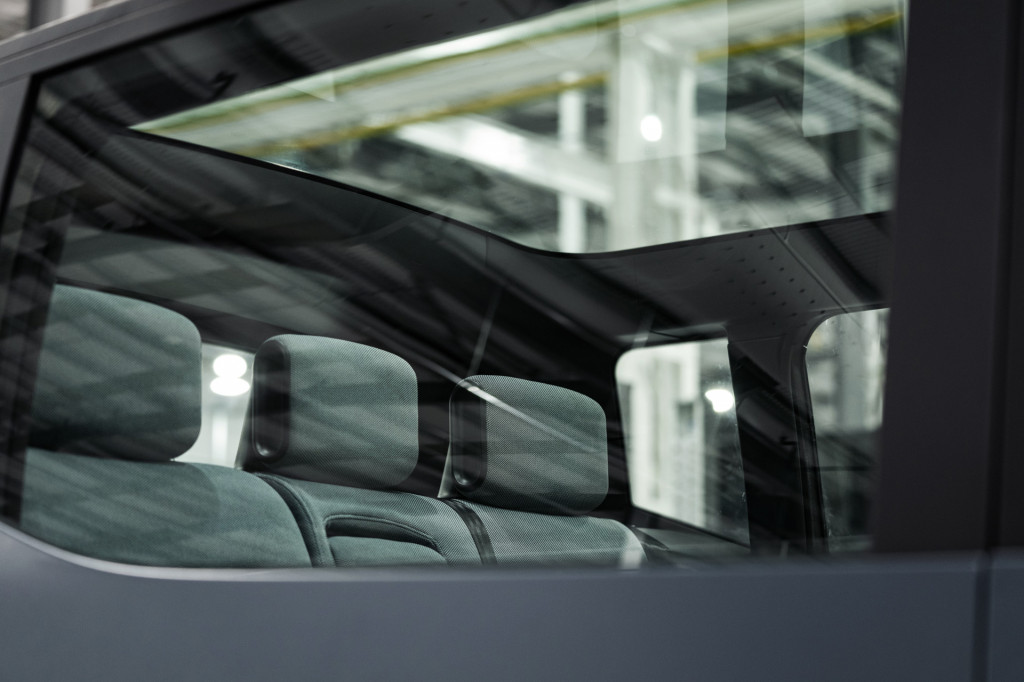
Arrival Car prototype
Focusing back to the U.S., California is planning to mandate electric cars for ride-hailing by 2030, and it plans to do so with a regulatory and credit system not unlike its ZEV mandate requiring electric vehicles—likely leading to subsidies from ride-hailing companies to reduce the price of EV leases.
In effect, the EV mandate for ride-hailing isn\’t far ahead of the state’s own plans to shift all new light-vehicle sales electric by 2035. But it\’s more urgent to quell urban emissions and help make up for \”deadhead miles\” with only the driver aboard.
Would the Arrival Car handle the needs of an Uber or Lyft trip better than the typical Corolla or Camry? Watch the video, and let us know in your comments below.
